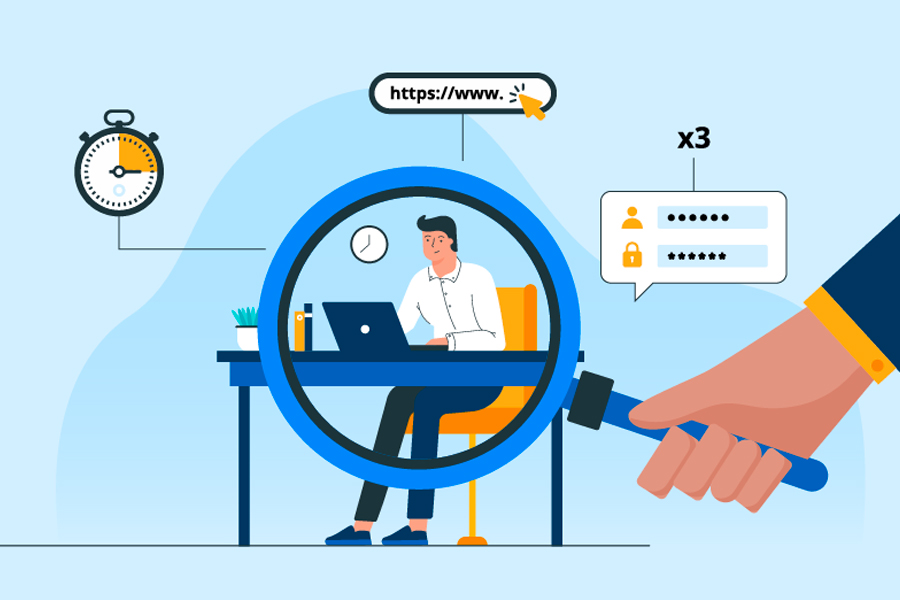The demand for improved employee monitoring software has increased as a result of the move from office-based to remote labor. This applies to routine duties like productivity and timekeeping as well as sensitive data like financial or payment information. There is a big requirement for adaptability because firms can’t physically visit employees’ workstations to check on their progress or fix time punches. Using personnel monitoring procedures can help companies remain ahead of the curve and increase output.
1. Ensure Transparency with Your Employees to Foster a Positive Work Environment
If the motives and projected outcomes of abrupt software rollouts are not publicly acknowledged and explained, employees may grow skeptical or distrustful of them. This may allay worries about invasions of privacy. To ensure a good reaction, it is imperative to explicitly describe the data gathering, usage, and purpose of the monitoring software.
2. Employ Self-Monitoring Tools Into Your Workflow
Workers may monitor progress and assign tasks using tracking tools including activity logs, project roadmaps, and team checklists. Some teams even streamline the whole payroll process from data input to corrections and audits by using the best employee monitoring software in place of managed payroll services or traditional time clock punching. This strategy guarantees more seamless operations and improves progress tracking.
3. Don’t Forget the Promise of Reward!
An inflexible approach to compliance monitoring may swiftly undermine morale. Offering consideration and acknowledging diligence and adherence might lead to an incentive-based surveillance system. Some even take their employee-monitoring procedures one step further and give them a playful touch. This may be used to incentivize workers who strictly follow timetables and schedules, boosting morale and compliance at the same time. There are several methods to put that strategy into practice in order to keep a productive workplace.
4. Keep An Eye Out For Imbalance in Your Systems
Even in cases when a system seems to be working well, it is still important to keep an eye out for any signs of bias or discrimination in order to ensure efficiency and justice. This is especially important for marginalized groups that hold lower positions and to avoid placing an undue burden on them.
5. Valuable Feedback and Unexpected Insights for Continuous Development
Technological surveillance is meticulous but objective. Ask around and collect input from a variety of sources, including vendors, clients, and consumers, in order to keep an eye on your staff. Even while some comments could be biased, they might still offer insightful facts and descriptions. Keeping up with these channels is crucial if you want to take advantage of the steady flow of information and guarantee that workers get precise and thorough feedback.



